I was taking my sewing class the other day about topstitching and one of my students came up to me and asked, isn’t top stitch vs edge stitch the same?
I said umm not really! Both are kind of different from each other. But Topstitching and edge stitching are similar, but not quite the same.
Top Vs Edge
Topstitching is a decorative stitch that’s placed a little away from the seam. It’s often used to add style or hold down seams in a visible way. on the other hand, edge stitching is done right along the edge of the fabric.
But she still looks confused and not so convinced. So I decided to sit down with her and all sewinginspo students and answer her questions with some practical things.
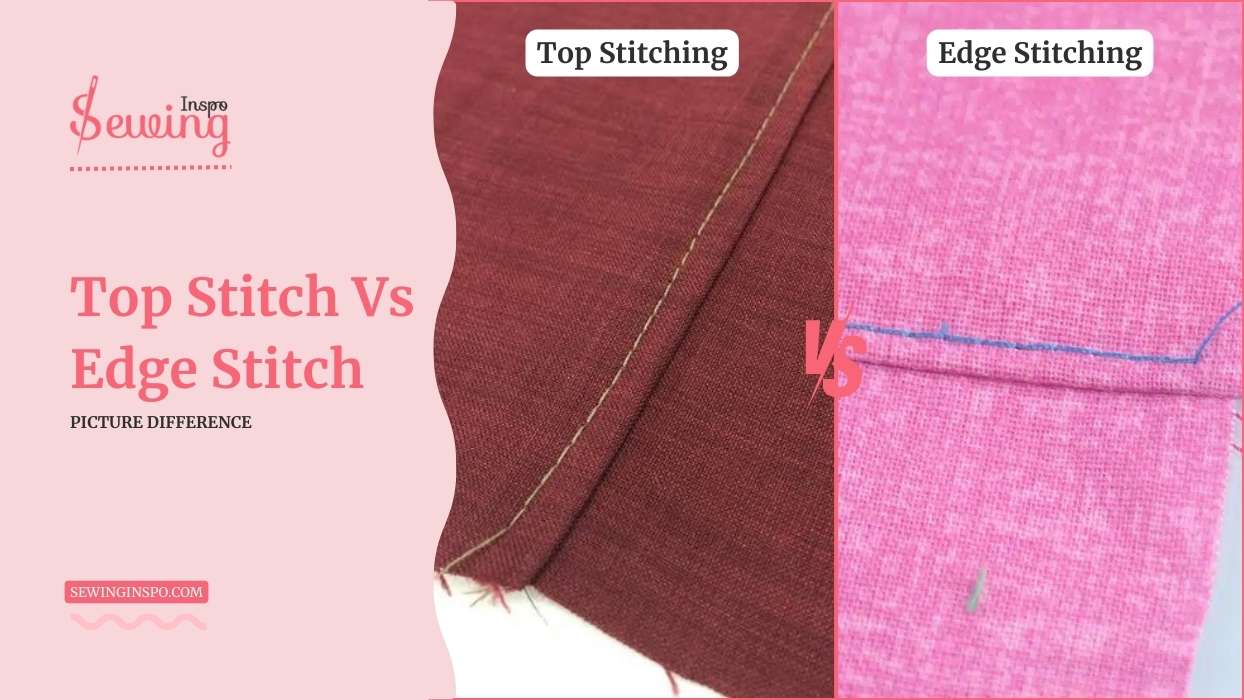
Table of Contents
Is Edge Stitching The Same As Top Stitching?
No, edge stitching isn’t the same as top stitching.
Edge stitching is done right along the edge of the fabric, usually to keep hems or seams in place without drawing attention. It’s neat and subtle. Topstitching, though, is a little further from the edge and is usually meant to be more visible. It adds a decorative touch or holds seams down in a stylish way.
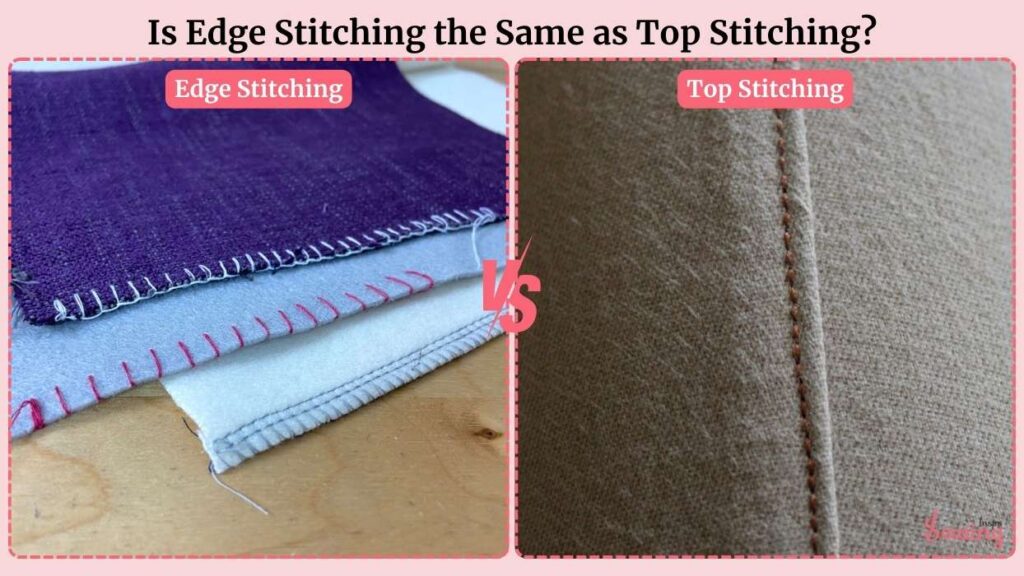
So, edge stitching is clean and subtle, while top stitching has more of a ‘look at me!’ vibe.
Top Stitch Vs Edge Stitch Difference
Ok before showing you the difference between them let’s give you can clear idea of both of them. Trust me, understanding this will make your sewing projects look and understand all types of stitches more.
What Is Edge Stitching In Sewing?
So, what is an edge stitch? Well,
Edge stitching in sewing is a technique where you stitch right along the edge of the fabric, usually very close to it. Edge stitching is often used to hold down hems, seams, or facings in place while giving the garment or project a neat, polished look.
The key is that the stitch stays very close to the edge but doesn’t necessarily stand out. It’s subtle and clean, giving a professional finish without stealing the spotlight.
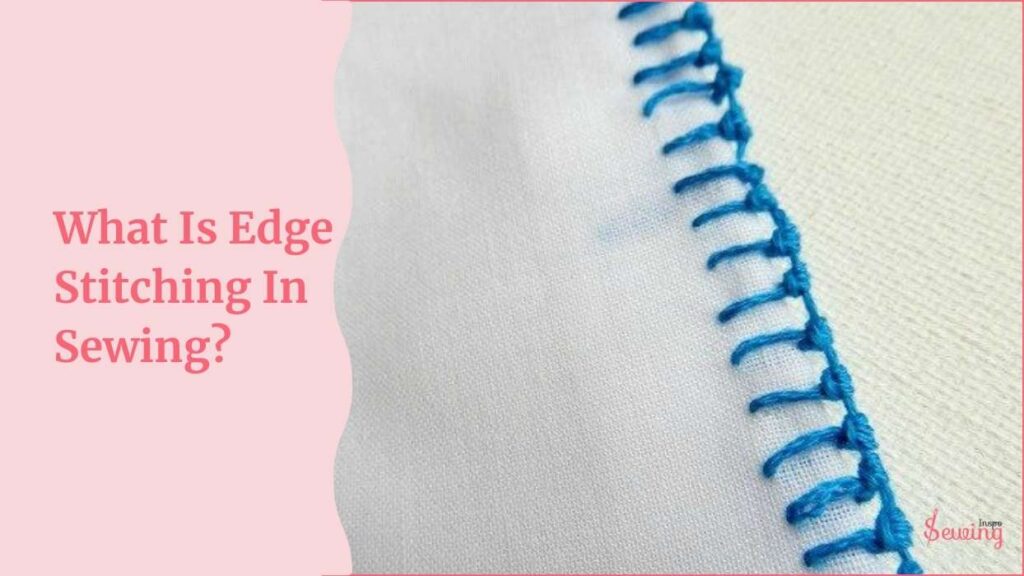
What Is Top Stitch In Sewing?
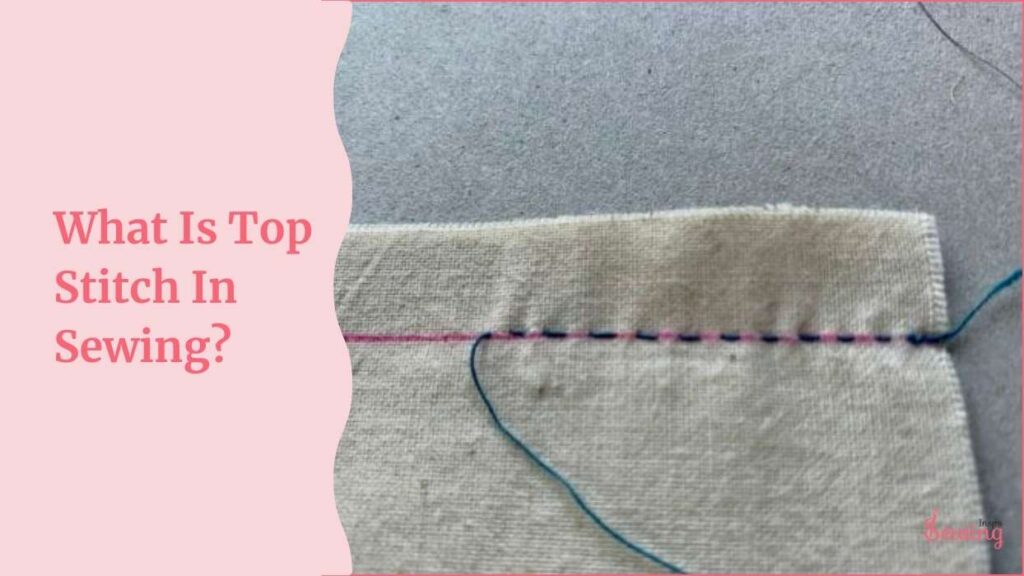
A topstitch is a sewing technique where a row of stitches is sewn on the outside of a garment or fabric. Topstitching is typically for decorative purposes, or to hold layers of fabric together. It is usually done along seams, edges, or hems to add a neat, professional finish or create a decorative effect.
That’s what is a topstitch.
Edge Stitch Vs Topstitch
The main difference between top stitch vs edge stitch is the placement of the stitch. The topstitch is close to the seam allowance and the edge stitch is a bit further from the edge. But rather than that there are differences. Such as,

Difference Between Edgestitching & Top Stitch At A Glance,
| Features | Topstitching | Edge stitching |
| Distance from the Edge | Typically 1/4 inch from the edge | Typically 1/8 inch from the edge |
| Purpose | Primarily decorative; can reinforce seams | Primarily functional; flattens edges, secures linings |
| Stitching Technique | Small needle with Heavier thread, longer stitches for visibility | Regular thread, standard stitch length for subtlety |
| Decorative vs. Functional | Mostly decorative, adds style | Mostly functional, keeps edges neat |
| Stitch Placement | Placed further away from the seam | Placed close to the seam or edge |
| Double Stitching | Often used for a double row for reinforcement | Can be used to keep edges flat, less emphasis on decoration |
| Thread Type | Uses special topstitch thread (thicker, often contrasting) | Uses regular thread (blends with fabric) |
| Common Locations | Outer seams, pockets, decorative seams | Facings, collars, waistbands, and other edges that need control |
That’s their difference at a glance. Let’s talk about them in detail.
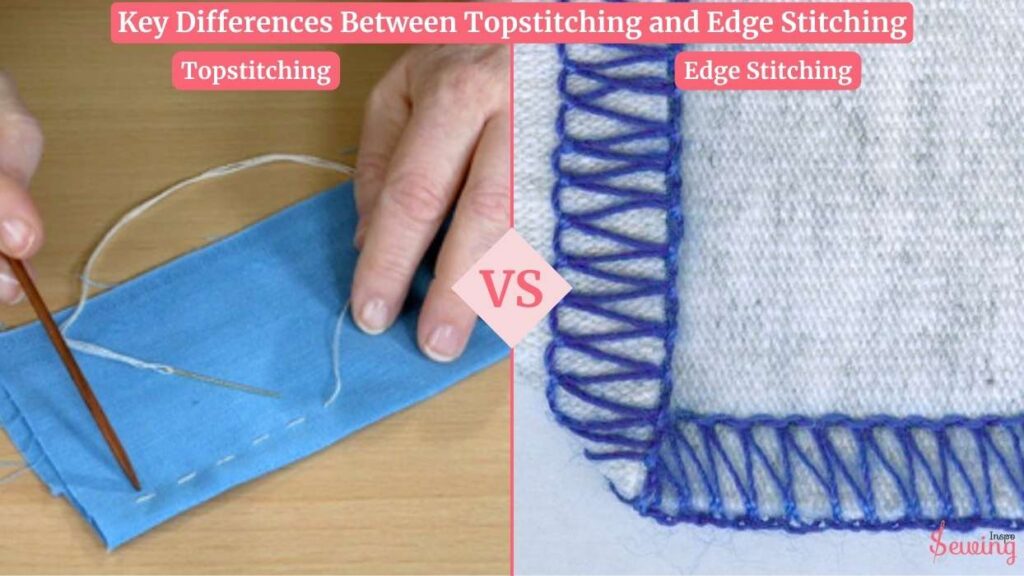
Distance from the Edge:
Topstitching is usually done about ⅛ inch from the edge of the fabric. It’s placed a little further out. So it’s more visible.
On the other hand,
Edge stitching is sewn much closer to the edge. It is usually around ¼ inch from the seam or fabric edge. It’s much more subtle and helps keep everything neat without standing out too much.
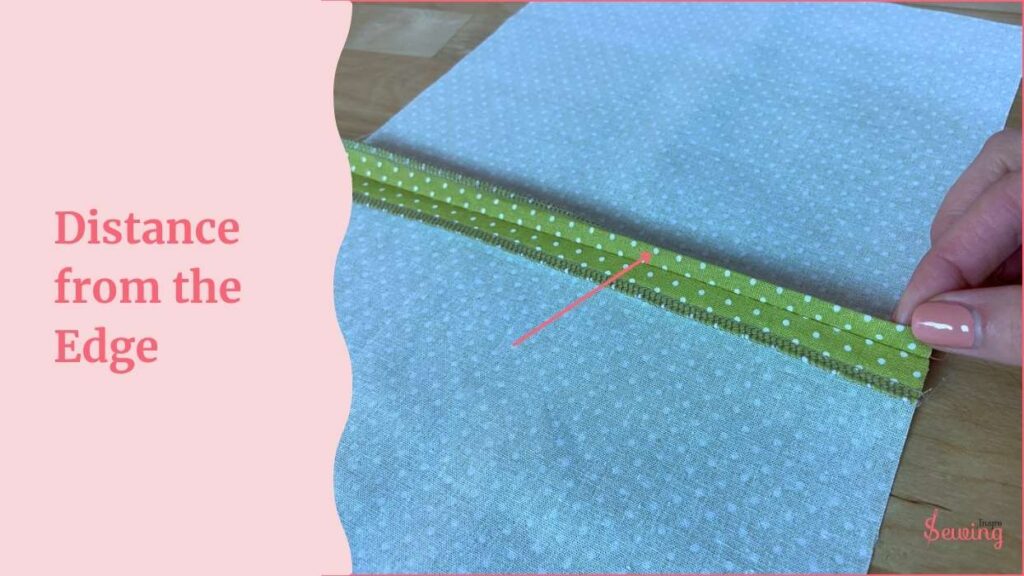
Functionality and Purpose:
Topstitching is mostly decorative, adding a little extra flair to a garment. It can also help reinforce seams, especially when sewing through thicker layers. But it’s often used to make the garment look more stylish.
That’s the biggest difference between edge stitch vs topstitch.

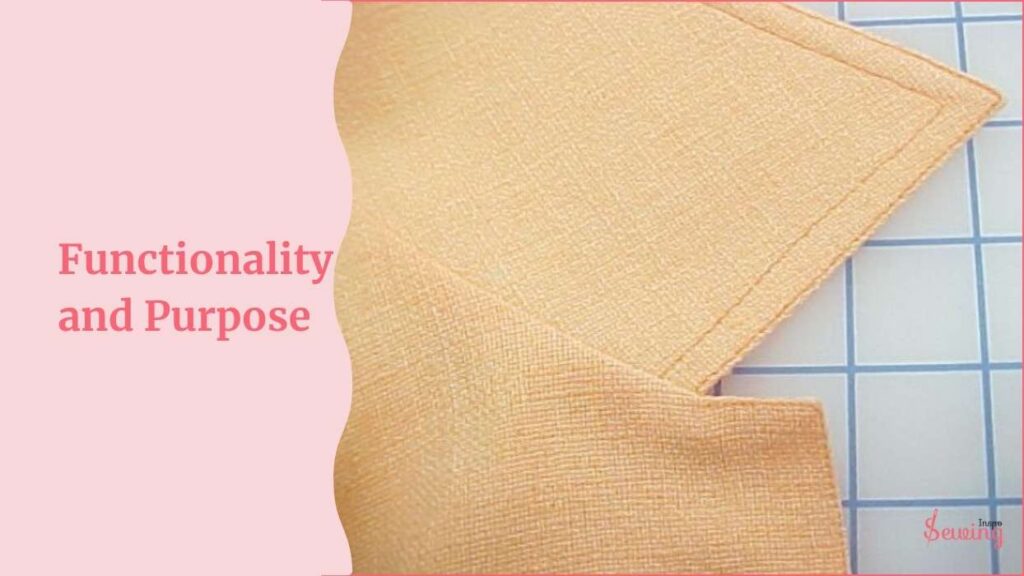
Edgestitching, on the other hand, is primarily functional.
It’s used to flatten edges, keep linings from rolling out, or secure facings in place. While it can be decorative, it’s usually more about making the garment sturdy and neat, like around necklines or waistbands.
Stitching Technique and Appearance:
When it comes to how the stitches look, topstitching uses heavier thread and longer stitches, which helps it stand out more. It’s perfect for making a bold statement on your garment, like on the seams or pocket edges. That’s why I love to make embroidery with it so much.
Edge stitching uses a regular thread and a standard stitch length, keeping things smooth and close to the edge.
It’s more subtle, but it adds a polished, crisp look, especially when you need the fabric to lay flat without too much attention on the stitching itself.
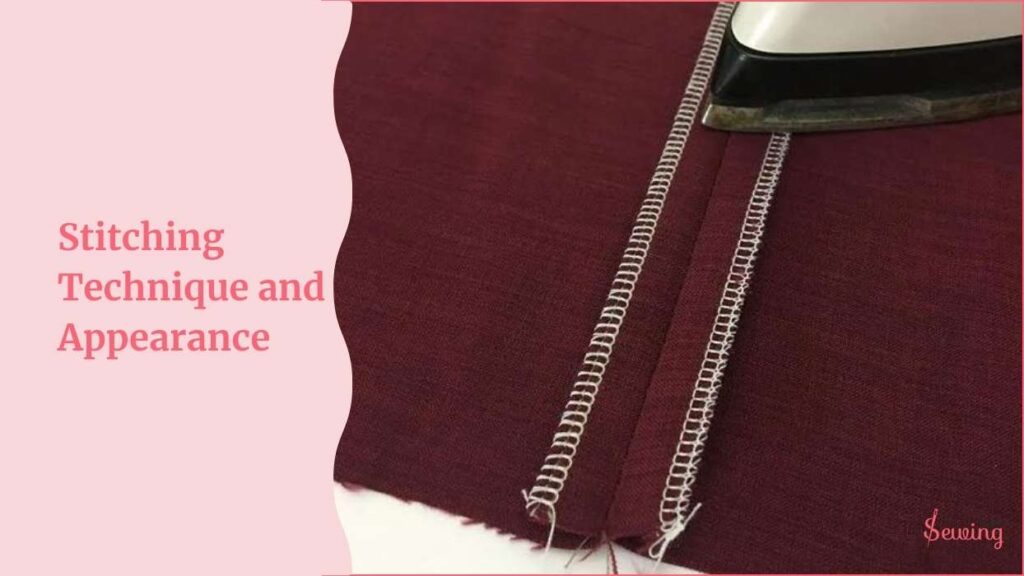
Decorative vs. Functional:
If you’re going for something decorative, topstitching is your go-to. It’s designed to be eye-catching, whether it’s with contrasting thread or a decorative pattern.
And,
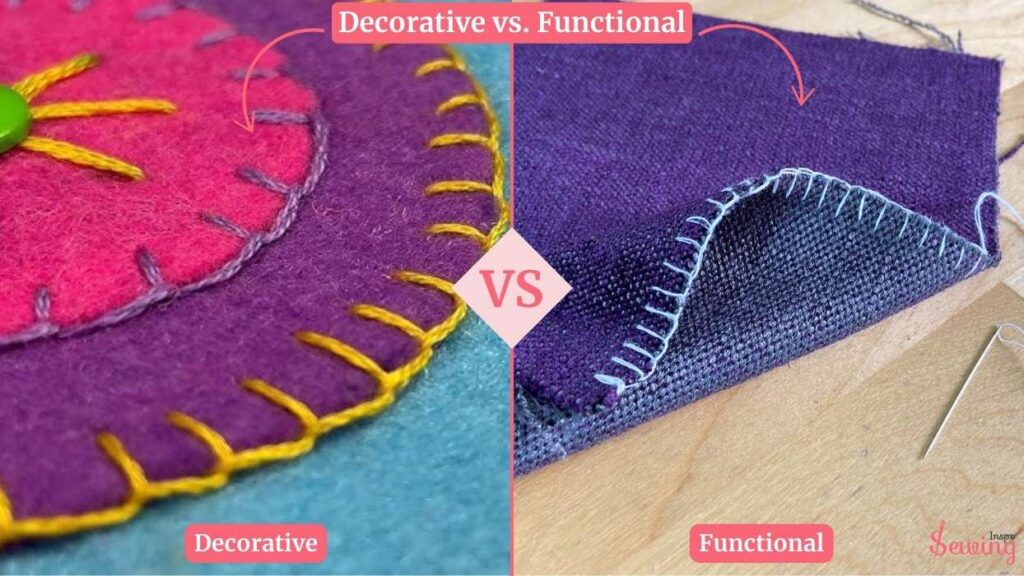
Edge stitching is more about the function. It keeps edges neat and in place. You won’t usually notice edge stitching as much. But it does its job well, like making sure your collar or waistband stays flat and smooth.
If you wanna learn how to do some stitches then have a look at our video tutorial page.
Stitch Placement:
Topstitching is placed further away from the seam. It is visible and noticeable, while edge stitching is closer to the edge.
The closer the stitching, the less it stands out, so edge stitching helps give your garment a clean, finished look without drawing too much attention to the stitching itself.
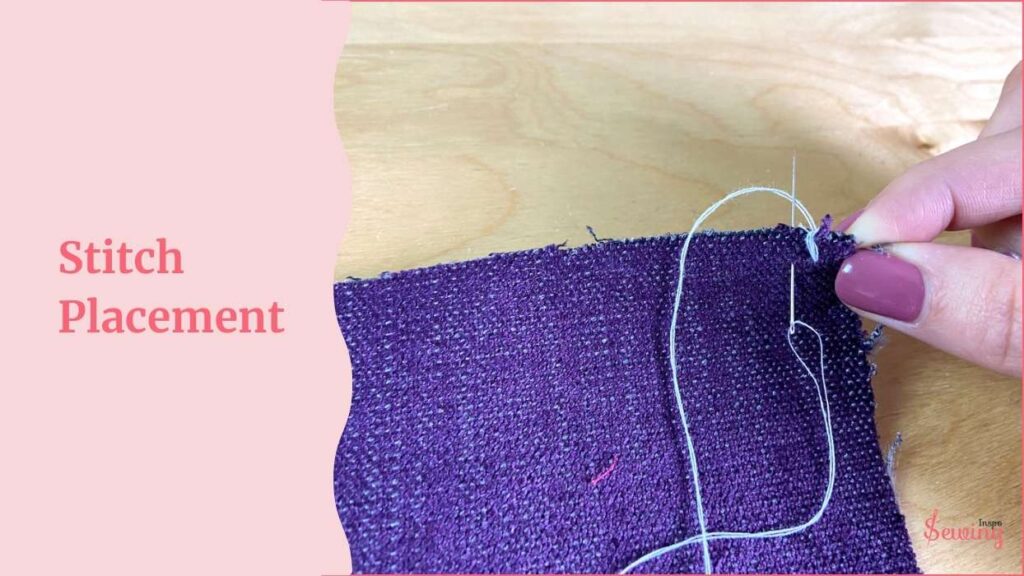
Use in Double Stitching:
You might find double topstitching in some garments, where a second row of stitches is added close to the first. This can help reinforce the seam and make the garment look even more polished.
Edgestitching can also be doubled, but the second row tends to be closer to the edge to keep everything flat and tidy rather than decorative.
Thread Type:
For topstitching, you can use special topstitch thread, which is often thicker and designed to show up more clearly on the fabric. It’s a great way to make your stitches pop. just like straight stitches do.
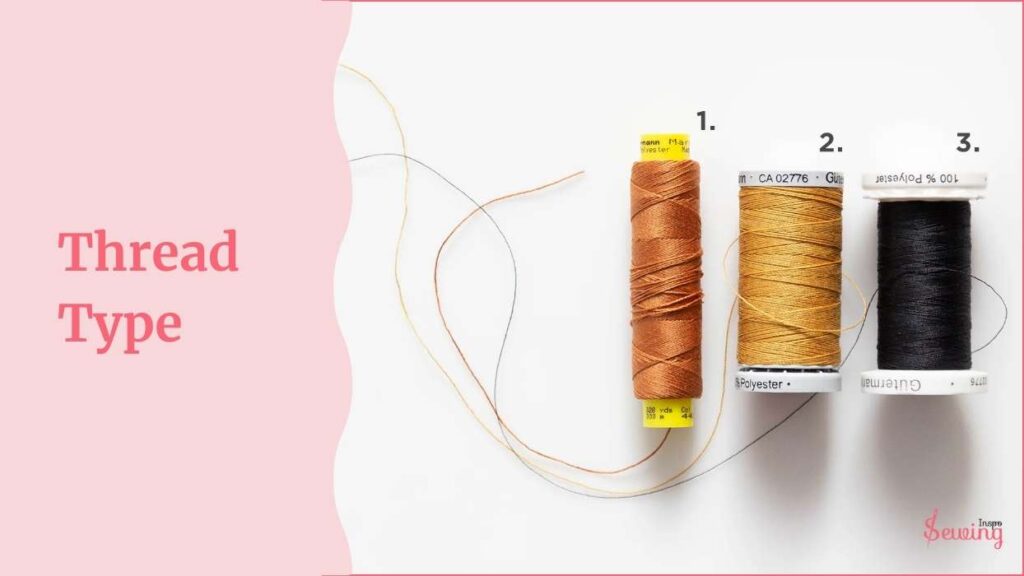
Edgestitching usually uses regular thread, which blends more with the fabric. The goal is to make the edge look neat without distracting from the overall design.
Common Locations:
You’ll often find topstitching on outer seams, around pockets, or on decorative seams where you want the stitches to stand out. It adds a bit of style to the garment.
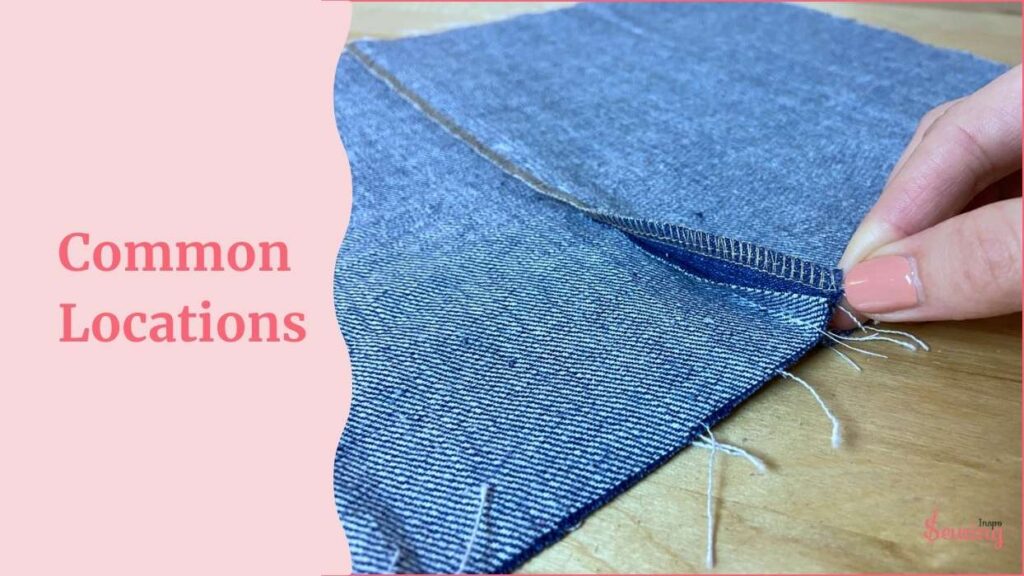
Edgestitching is used more for functional areas, like securing facings, collars, and waistbands. It keeps the edges smooth and in place, but it’s not meant to grab attention.
If wanna read more comparisons like this read out the top stitch vs back stitch article too.
Top Stitch Vs Edge Stitch Pictures
I know sometimes the definition isn’t enough to tell them apart. So here see this picture.
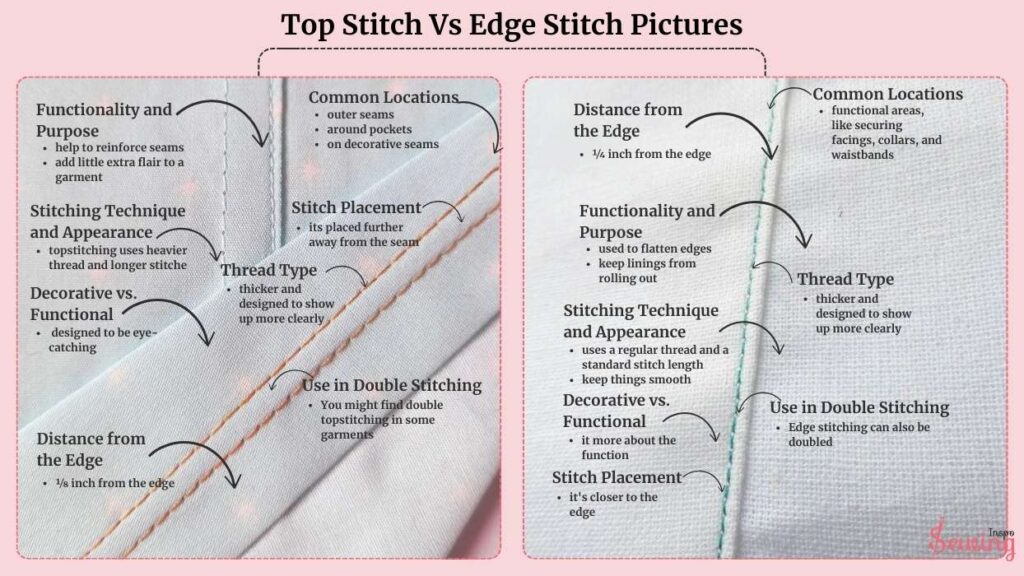
In Summary,
While both topstitching and edge stitching involve visible stitching, the main difference is in how and where they’re used. Topstitching is often for decoration, making a bold statement with its heavier thread and longer stitches, while edge stitching is all about making the edges of a garment clean, flat, and functional.
Use it at the right place to get the most out of it. If you wanna explore more stitch then check out our sewing book.
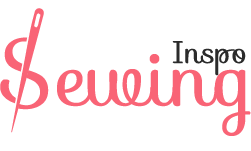
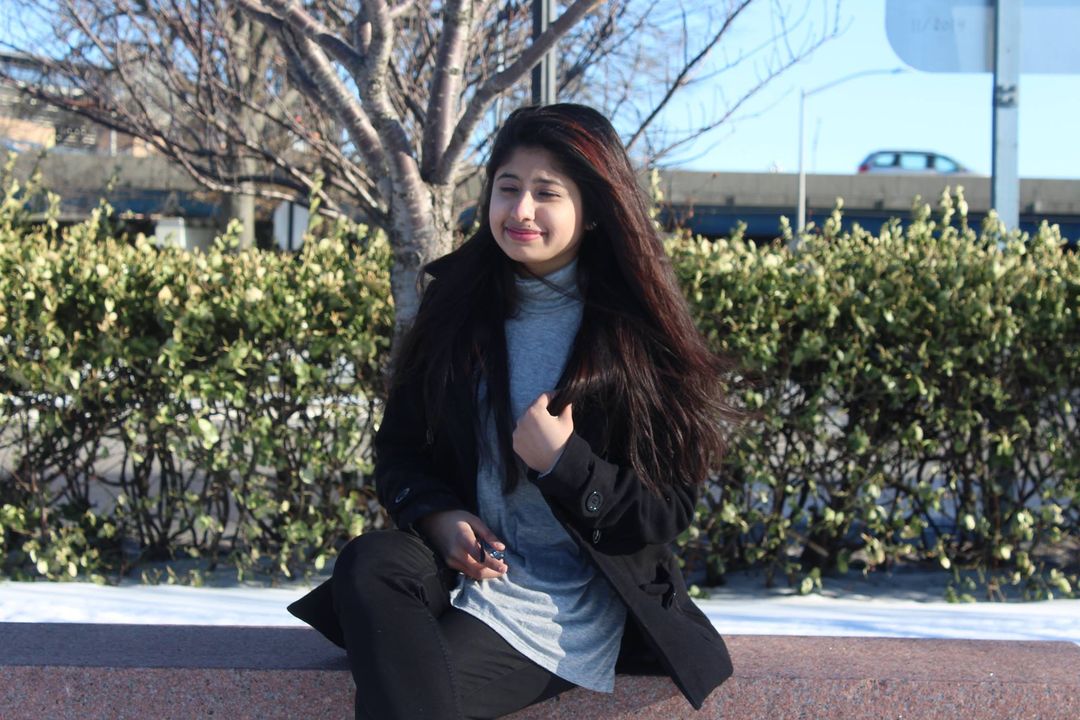
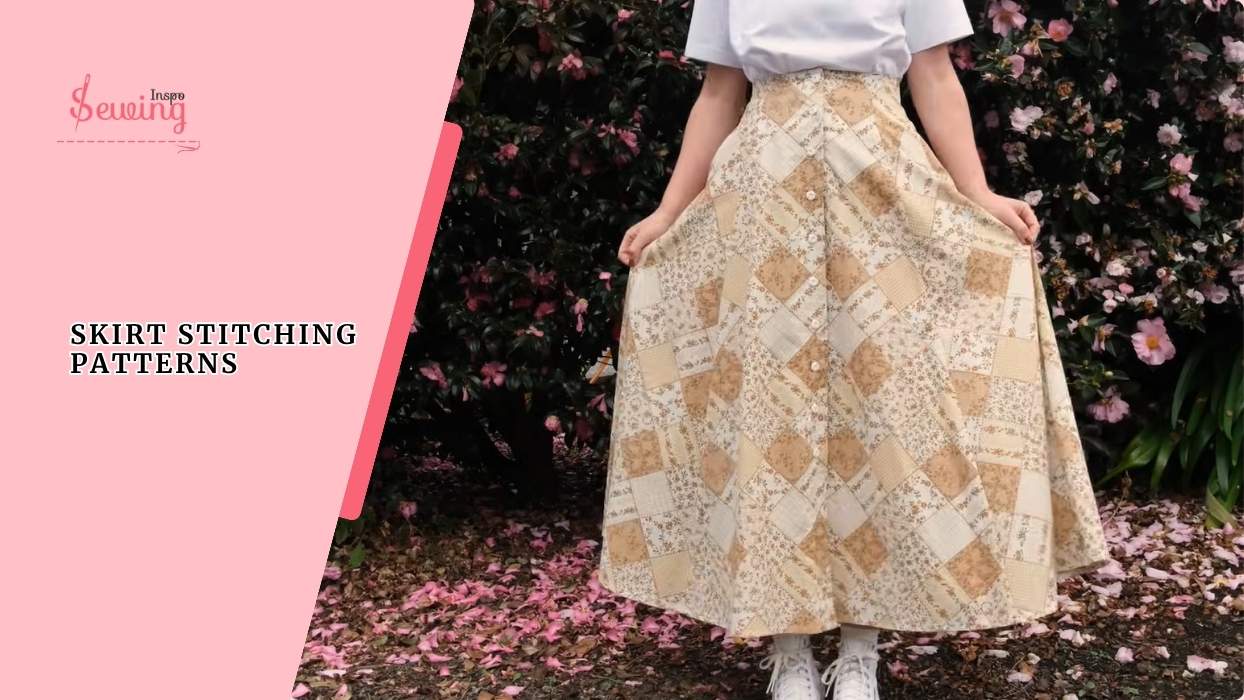
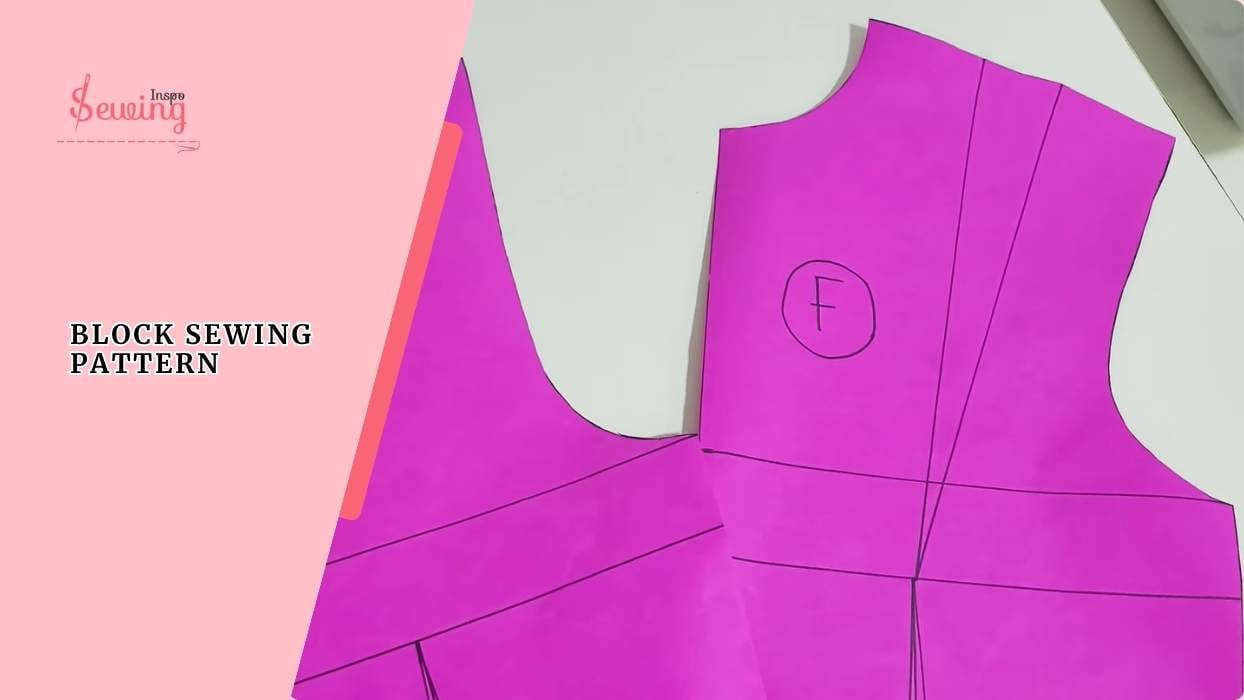
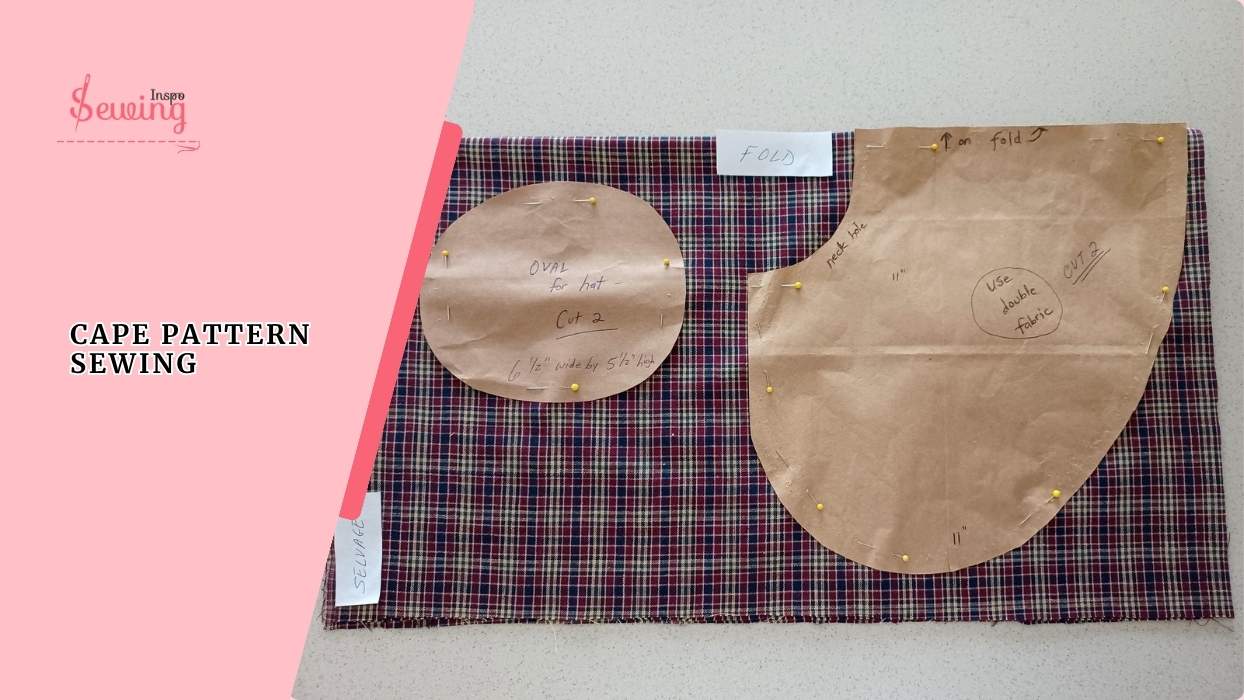
Leave a Reply